15 Stunning Underwater Photos from the United Nations World Oceans Day Contest
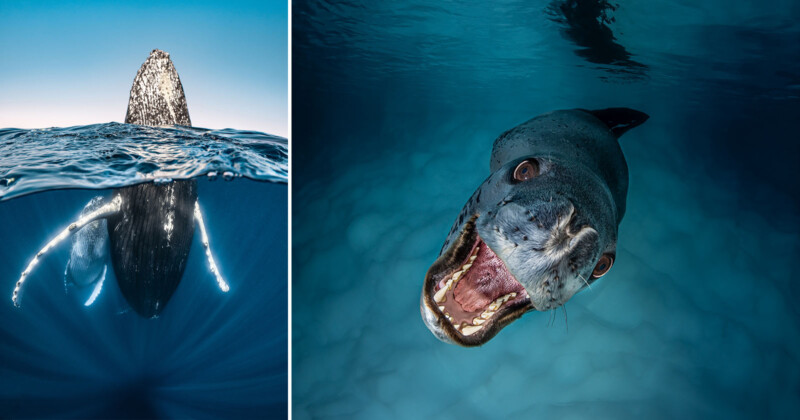
The winners of the twelfth annual photo competition for United Nations World Oceans Day were announced this week, celebrating stunning ocean photography.
A panel of judges selected four first place winners from thousands of global entries made by both amateur and professional photographers. This year’s competition featured the categories of: Big and Small Underwater Faces, Underwater Seascapes, Above Water Seascapes, and Wonder: Sustaining What Sustains Us.
Each hailing from a different country, the first place winners for 2025 included: Andrey Nosik (Russia), Dani Escayola (Spain), Leander Nardin (Austria), and Rachel Moore (USA).





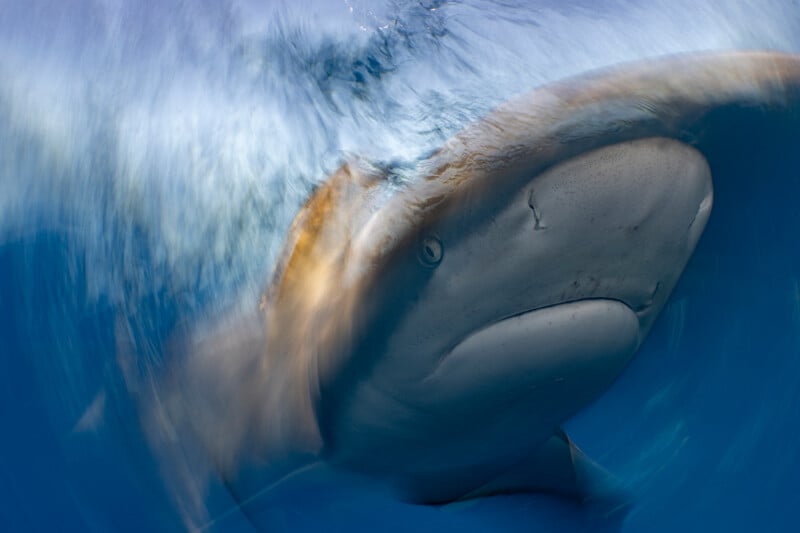

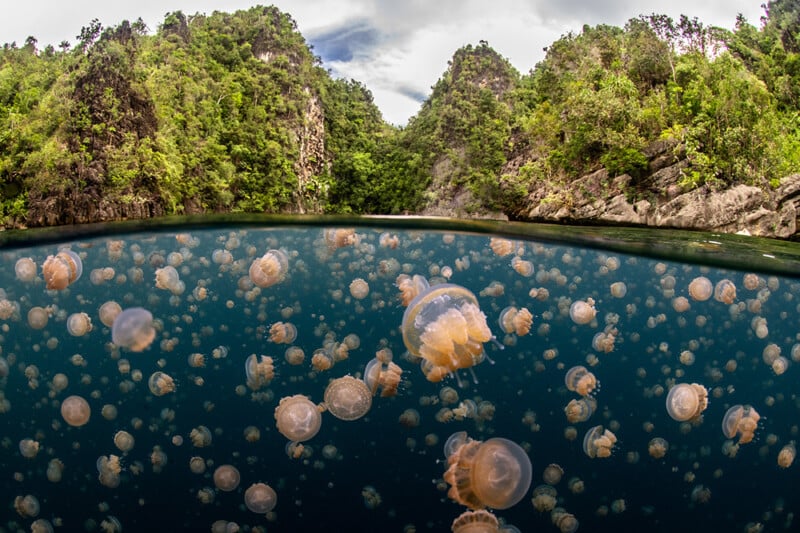
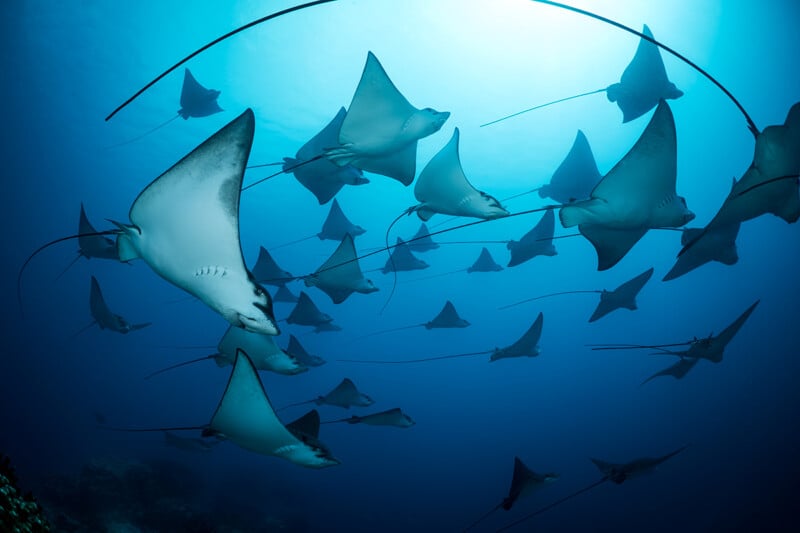
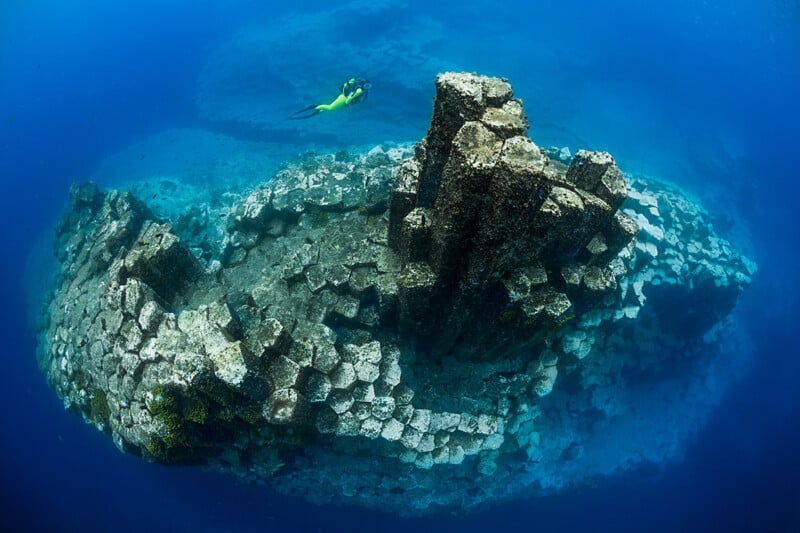
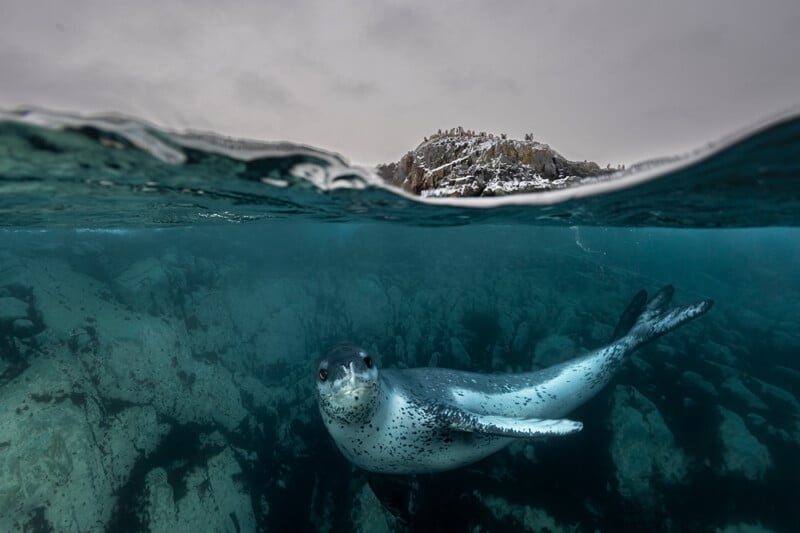

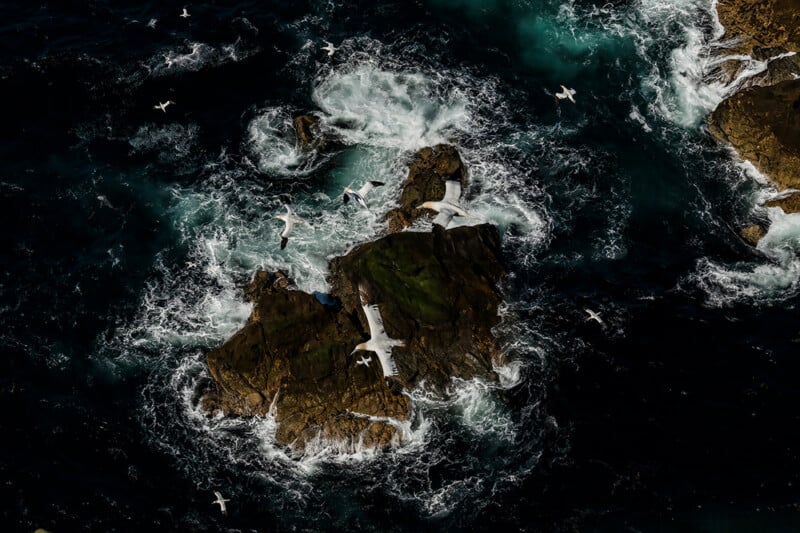
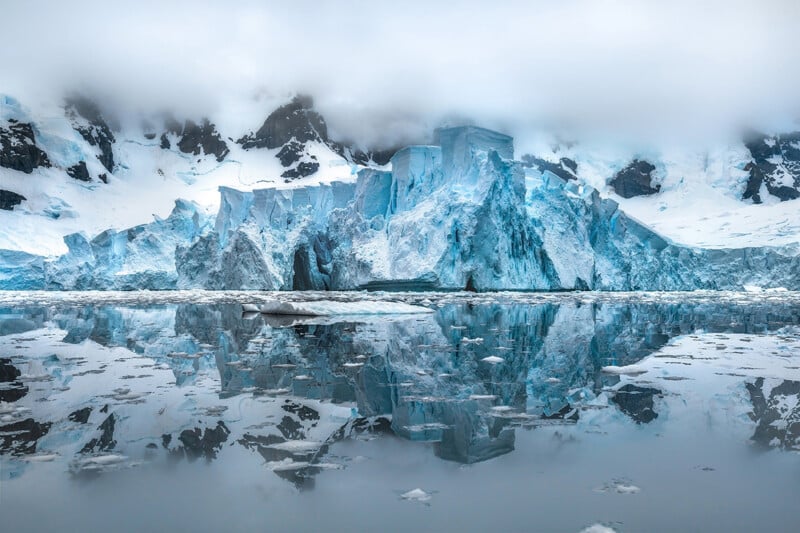
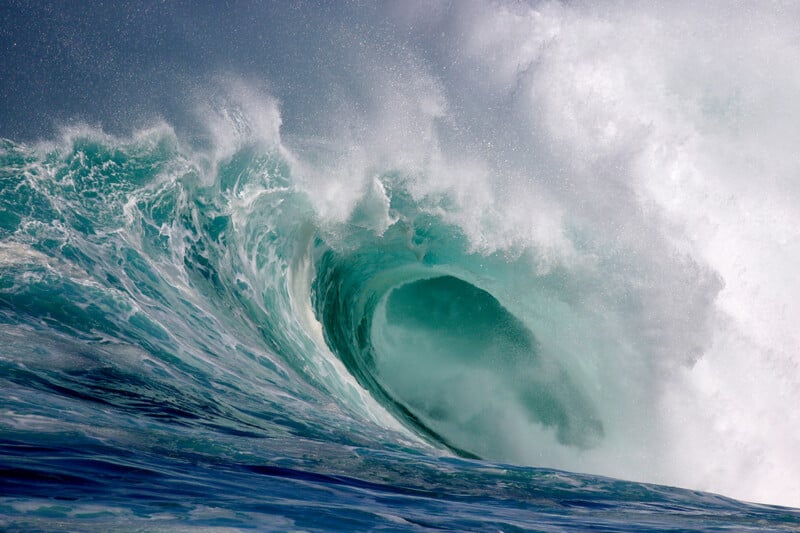
Since its inception in 2008, United Nations World Oceans Day (UN WOD) has been celebrated on June 8 to underscore the ocean’s importance to the planet and our lives. The photo competition is organized by DivePhotoGuide, a comprehensive underwater photography and videography resource and award-winning website for photographers and videographers of all levels.